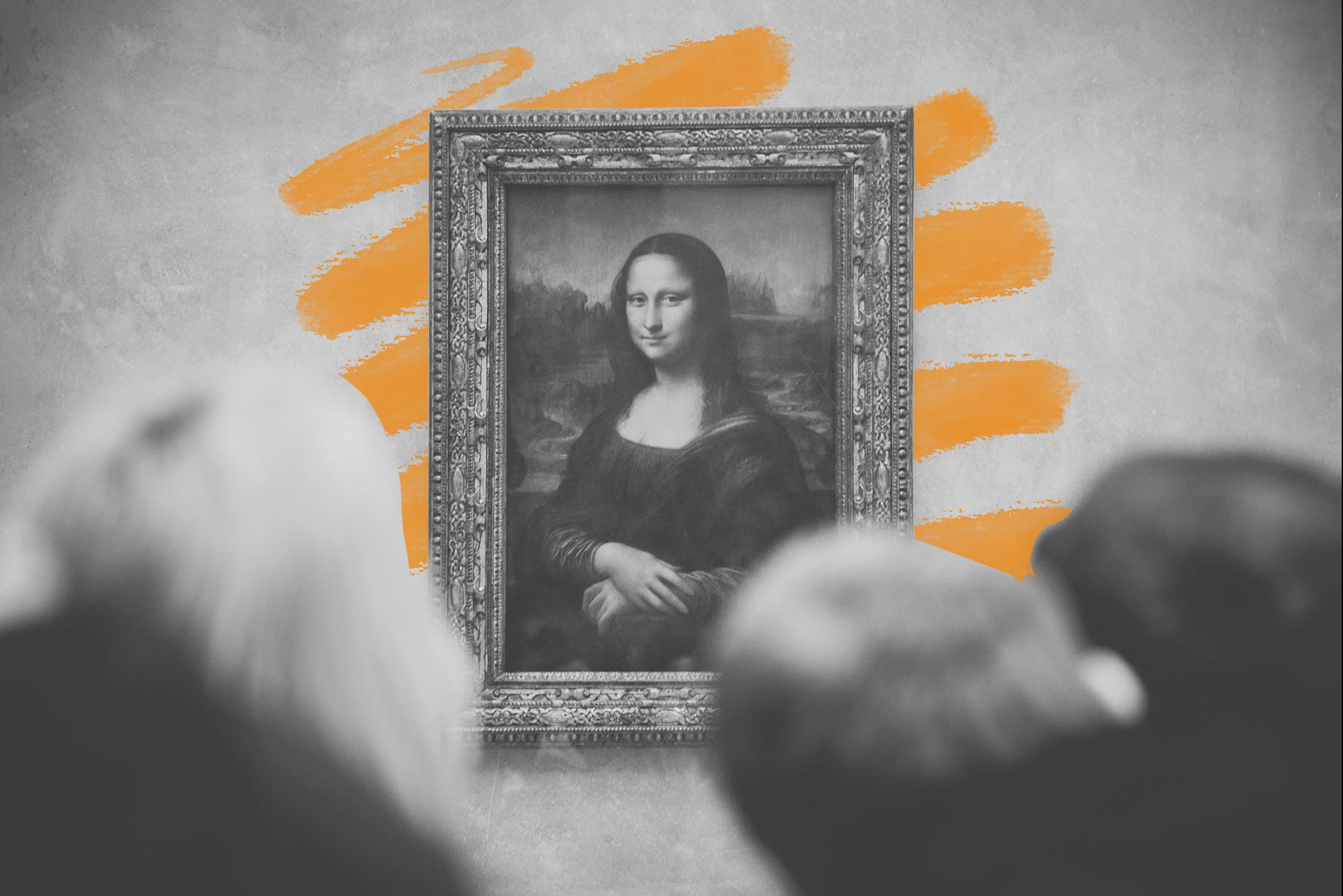The “Mona Lisa” once hung in Napoleon’s bedroom.
Leonardo da Vinci’s “Mona Lisa” has been on display at the Louvre Museum since 1804, but before that it hung in a rather less accessible location: the bedroom of French Emperor Napoleon Bonaparte. After Leonardo died in 1519, the “Mona Lisa” eventually passed into the possession of the artist’s patron, King Francis I of France, and it remained the property of the French monarchy for more than 250 years. During the French Revolution (1789 to 1799), the painting was requisitioned by the rebelling public and officially became the property of the French Republic. However, this did not mean that the average French citizen was able to view Leonardo’s masterpiece.
Napoleon Bonaparte, who rose to power in revolutionary France, had become enamored with the mysterious woman in the portrait — he even took to referring to her as “Madame Lisa” and the “Sphinx of the Occident.” In 1800, he ordered that the painting be transferred to his private bedchambers at Tuileries Palace in Paris. Since Napoleon was, well, Napoleon, nobody argued with him, and he enjoyed the privilege of having one of the world’s most famous works of art hanging by his bedside for four years. In 1804, the “Mona Lisa” was transferred from Napoleon’s bedroom to the Grand Gallery of the Louvre Museum, and since then no individual has had the audacity (or power) to add it to their private collection. It remains on public display to this day.







